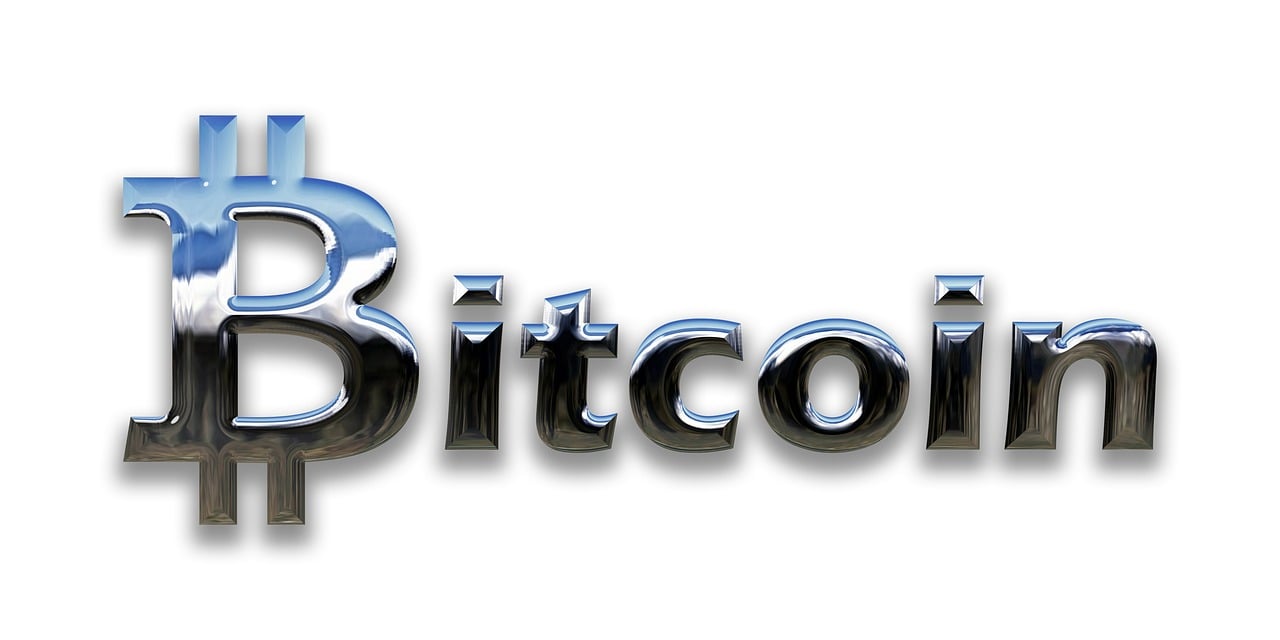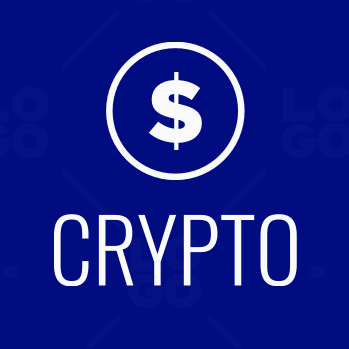The ability to tokenize real-world assets (RWAs) on the Bitcoin blockchain is transforming the way investors engage with property, art, and commodities. Despite Bitcoin’s original design not supporting tokenization, new technologies like ordinals and advanced scripting are opening doors to broader adoption. Here’s how it works and what to expect.
Why Tokenize Real-World Assets on Bitcoin?
Tokenizing RWAs enhances transparency, liquidity, and ownership verification. While blockchains like Ethereum have traditionally led in tokenization, Bitcoin’s unmatched security and robust infrastructure make it a powerful alternative. Its proof-of-work consensus secures tokenized data from tampering, while Bitcoin’s vast user base improves marketability of tokenized assets.
Also read: How to Make a Profit by Trading Cryptocurrency: Top Active and Passive Strategies for 2025
Methods to Tokenize Assets on Bitcoin
Bitcoin now supports tokenization through several methods:
- Ordinals and Inscriptions:
Introduced in 2023, Bitcoin ordinals allow data to be inscribed onto individual satoshis, creating unique tokens. This enables users to tokenize real estate, art, and more by embedding metadata directly on-chain. - Bitcoin-Based Token Standards:
Solutions like Counterparty and Omni Layer enable the creation and transfer of asset-backed tokens on Bitcoin, although they lack Ethereum’s programmability. - Smart Contracts with Taproot and OP_RETURN:
Bitcoin’s Taproot upgrade enhances smart contract functionality, allowing more complex ownership and transfer conditions, while OP_RETURN can store simple asset metadata.
Use Cases for Bitcoin RWA Tokenization
Several industries are already exploring Bitcoin RWA tokenization:
- Real Estate: Fractional ownership of properties, improving access for smaller investors.
- Art and Collectibles: Immutable proof of ownership and authenticity.
- Commodities: Tokenized gold and agricultural goods allow for fractional trading and broader market access.
- Intellectual Property: Tokenization of patents and copyrights simplifies licensing and royalty distribution.
Key Challenges to Adoption
Despite its promise, Bitcoin RWA tokenization faces hurdles:
- Regulatory Uncertainty: Legal frameworks around digital representation of physical assets remain underdeveloped.
- Scalability: Bitcoin’s transaction throughput may limit high-volume tokenization compared to more flexible blockchain platforms.



